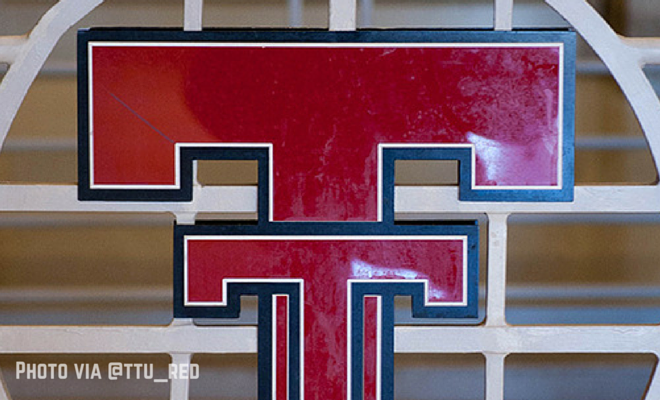One of the interesting things I’ve thought about with the new frontcourt set to arrive in Lubbock this fall is the potential shot-blockers and low post players that are a little bit of something that hasn’t been around Texas Tech for a while. One of my favorite statistics websites out there is a site called Hoop-Math and they have some really great statistics about the defense for shots at the rim, two-point jumpers and three-point shots.
For now, I want to focus on the shots at the rim and the fact that this past year was the worst in terms of shots blocked at the rim since 2014 and Texas Tech generally has done a a terrible job of keeping opponents from scoring at the rim. Here’s the data:
| Year | Shot Type | % of Shots | FG% | % of Shots Blocked | Unblocked FG% |
|---|---|---|---|---|---|
| 2017 | At Rim | 26.9% | 60.4% | 13.2% | 69.6% |
| 2016 | At Rim | 36.5% | 59.5% | 14.1% | 69.2% |
| 2015 | At Rim | 34.1% | 58.3% | 14.8% | 68.5% |
| 2014 | At Rim | 34.7% | 63.0% | 10.7% | 70.5% |
As you can see, other than in 2014, Texas Tech had their worst year at blocking shots at the rim, but was relatively good at limiting the number of shots at the rim. Of course, the inverse of this is that opposing teams were taking a ton of shots beyond the arc and we’ll get to that later. But the idea here is that teams are taking fewer shots at the rim and is not really blocking a high number of shots and, on top of all of that, teams are still scoring at a 70% clip at the rim. For comparison purposes, last year, West Virginia had 41% of their shots at their rim, offenses were only making 50.6% of those shots and of those shots, 18.2% were blocked and of those unblocked field goals, offenses were only making 61.9%. That’s a significantly different look than Texas Tech and it’s clear that WVU is forcing teams to take shots at the rim, but when they do, they’re blocking nearly 20% of them and of the shots that aren’t blocked, opponents are only making 62% of them. Compared to Texas Tech, that’s a significantly different way to play defense.
Last year, the only real rim protector was Zach Smith and that was part of the problem. The only other real option was Norense Odiase, who takes up space, but probably isn’t going to be a real shot-blocker and Matthew Temple, who added size, but no real rim defense. It’s a problem when your only rim defender is a 6’8″ forward. Add in Aaron Ross and you get where this is going.
But now let’s add into the equation Tommy Hamilton IV who is 6’11” and 260. Hamilton wasn’t a big-time rim protector at DePaul, but I’m hoping that changes a bit. Chris Beard had mentioned that Hamilton was 300 pounds this past year and has lost 40 pounds and I’m hoping he’s redefined his body a bit to add to that defense. Also add in two long athletes with what I think are probably pretty big wingspans in Malik Ondigo and Daniel Mading. Really, for Ondigo and Mading, their contributions are significant because they have a year to figure things out and then have a year to work into compete to be starters as sophomores. Their length could prove to be truly significant in years to come.









